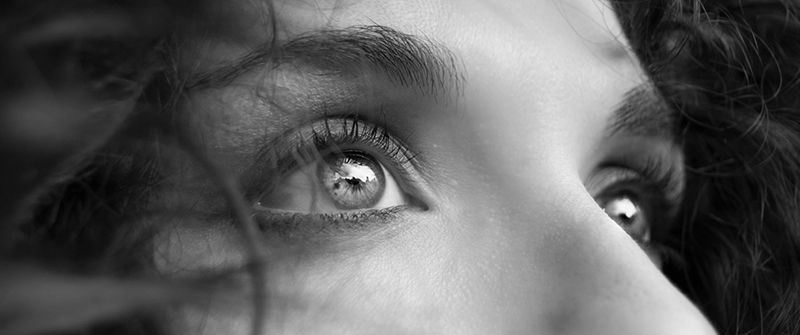
The History of LASIK Eye Surgery
Laser vision correction procedures are more popular than ever before, with over 40 million people undergoing LASIK across the globe. While LASIK and similar procedures may have only been popularized in recent decades, the technology behind it has been in development for much longer. It’s now become one of the safest elective medical procedures available – and arguably one of the most life changing too. Below, Adelson LASIK in Metro Detroit explains the history of LASIK and how it works to correct the root of refractive error.
How LASIK Technology Developed
The history of LASIK spans nearly a hundred years, with numerous contributors shaping its development. In the early 1950s, Spanish ophthalmologist Jose Barraquer pioneered a technique to create a flap in the cornea, laying the groundwork for modern LASIK techniques.
Later, in the 1980s, researchers at New York’s IBM Research laboratory made a pivotal discovery – how to use an excimer laser to shape human tissue without causing damage. This breakthrough was then integrated with Barraquer’s refractive correction method, enhancing the precision of visual results.
In 1988, the United States witnessed the inaugural laser refractive surgery performed on a 62-year-old woman. Subsequently, the FDA granted approval for photorefractive keratectomy (PRK) procedures in 1995. LASIK eye surgery was later approved in America in 1999. Similarly, Canada approved PRK and LASIK in the early ’90s.
How LASIK Eye Surgery Works
While glasses and contact lenses can temporarily correct refractive error when worn, LASIK offers a long-term solution. Most refractive errors are the result of an irregularly shaped cornea. For example, in people with astigmatism, the cornea is more curved in one direction than the other. Normally, an eye should be round like a basketball. But an astigmatic eye is shaped more like a football. This odd shape stops the eye from focusing light on one spot, making vision appear blurry.
LASIK works by reshaping the cornea to correct the refractive error. The procedure is considered permanent in the sense that the corneal tissue won’t grow back, allowing most patients to enjoy clearer vision for years to come.
During the procedure, the surgeon creates a tiny flap in the cornea using either a laser or a tool called a microkeratome, depending on the LASIK type chosen. The flap is lifted to expose the corneal tissue, which is then reshaped with an excimer laser. Before the surgery, various tests are done to create a map of the patient’s cornea, so the surgeon knows exactly how to reshape the tissue for optimal vision correction.
At Adelson LASIK, we provide our patients with the latest in LASIK technology. We specialize in two advanced types of All-Laser LASIK – Custom Wavefront LASIK and Contoura LASIK – which use wavefront-optimized technology for precise corneal mapping, resulting in superior visual outcomes with a reduced risk of side effects.
When you come in for a free consultation, our team will explain in detail the different technology and treatment options available. We’ll confirm your candidacy and recommend a personalized treatment plan based on your visual needs. Don’t wait – freedom from glasses and contacts is life changing. Book a free consult today.